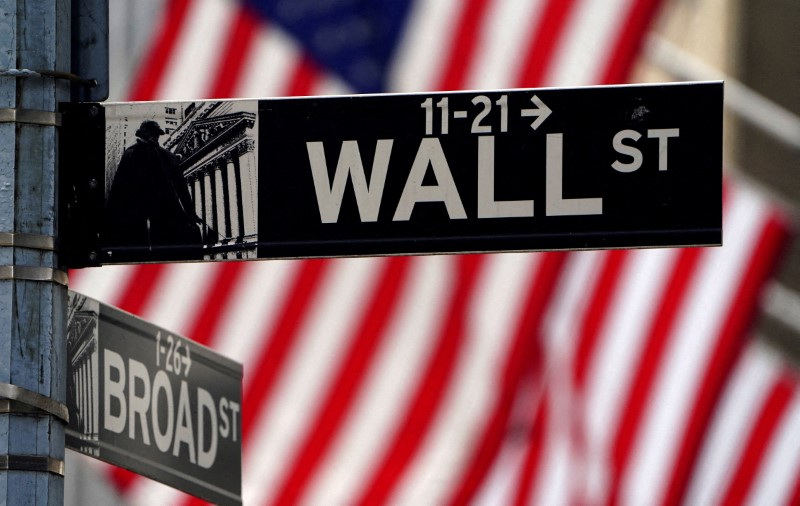In the wake of Donald Trump’s victory in the U.S. presidential election, investors are closely monitoring inflation trends to gauge the sustainability of the recent stock market rally, which has seen the S&P 500 soar to unprecedented heights, crossing the 6,000 mark for the first time. The stock market’s upward momentum has been fueled by expectations of significant tax cuts and deregulation under Trump’s administration. Additionally, the Federal Reserve’s recent decision to implement a widely anticipated 25 basis point rate cut has further lifted investor sentiment, positioning the market favorably, albeit with a caveat regarding how upcoming inflation data will influence continued monetary easing.
As the upcoming Nov. 13 consumer price index report approaches, market analysts point to the need for confirming that inflation is on a moderating trend. Art Hogan, the chief market strategist at B Riley Wealth, remarked on the significance of this report, emphasizing its role in shaping market expectations. Despite a projected increase in the Consumer Price Index (CPI) for October to an annual rate of 2.6%, which is slightly above September’s 2.4%—the lowest increase since 2021—the overall sentiment remains that inflation is still under control compared to the extreme levels witnessed in 2022. Investors are particularly attentive to the implications of Trump’s suggested economic policies, especially potential tariff increases, which could exert upward pressure on consumer prices.
The momentum induced by Trump’s election has created a ripple effect on the Federal Reserve’s rate-setting trajectory. Market predictions are now reflecting adjusted expectations that the Fed funds rate will decline to approximately 3.7% by the close of 2025, a significant shift from earlier predictions. The optimism about financial easing, combined with solid corporate earnings and buzz surrounding technological advancements in artificial intelligence, has greatly contributed to the bullish stock market environment this year.
Michael Reynolds from Glenmede outlined the Fed’s neutral funds rate as being around 3%, suggesting that while the Fed may not reach this neutral level, any policies introduced under Trump—which could stimulate inflation—will complicate matters for the central bank. Historical patterns indicate that inflation can often manifest in waves, thus contributing a layer of uncertainty as the market attempts to anticipate the Fed’s future moves. Jim Baird, a chief investment officer at Plante Moran Financial Advisors, echoed this sentiment by pointing out that the specifics of Trump’s proposals regarding tax and trade are still largely undefined, making it difficult to predict their impact on inflation and monetary policy accurately.
In addition to navigating potential inflationary pressures, investors are adapting to the new political climate characterized by volatility and uncertainty as Trump’s administration materializes. The “Trump trades,” named so for their response to the election outcome, have significantly influenced market dynamics. The small-cap Russell 2000 index, for instance, saw an 8% increase over the week, reflecting optimism for smaller, domestic companies that could benefit from increased tariffs. Similarly, the S&P 500 banks index experienced a substantial rise of about 7%, benefiting from anticipated regulatory rollbacks. As Trump’s administration crafts its policies and makes key appointments, market analysts acknowledge that initial stock market reactions will be continually tested as further details emerge.
Overall, the interplay between Trump’s economic agenda, inflation prospects, and Fed policy decisions will be pivotal in dictating market trends moving forward. Analysts from UBS Global Wealth Management have noted the market has begun to digest the implications of Trump’s electoral victory. They advise investors to prepare for further market fluctuations in response to the unfolding political and economic landscape as detailed policy proposals materialize, emphasizing that the transition period may be marked by pronounced volatility as investors assess the potential impacts on the economy. The coming weeks will be crucial in determining whether the stock market’s bullish momentum can be maintained amid the complexities of the new administration’s economic strategy.

